In the world of online content creation, monetizing your channel goes beyond simply running ads.
There are numerous creative approaches to making money from the videos you publish, including sponsorships, affiliate marketing, merchandise, and more.
In this comprehensive guide, we will explore the best practices for selling and promoting products to generate revenue from your channel.
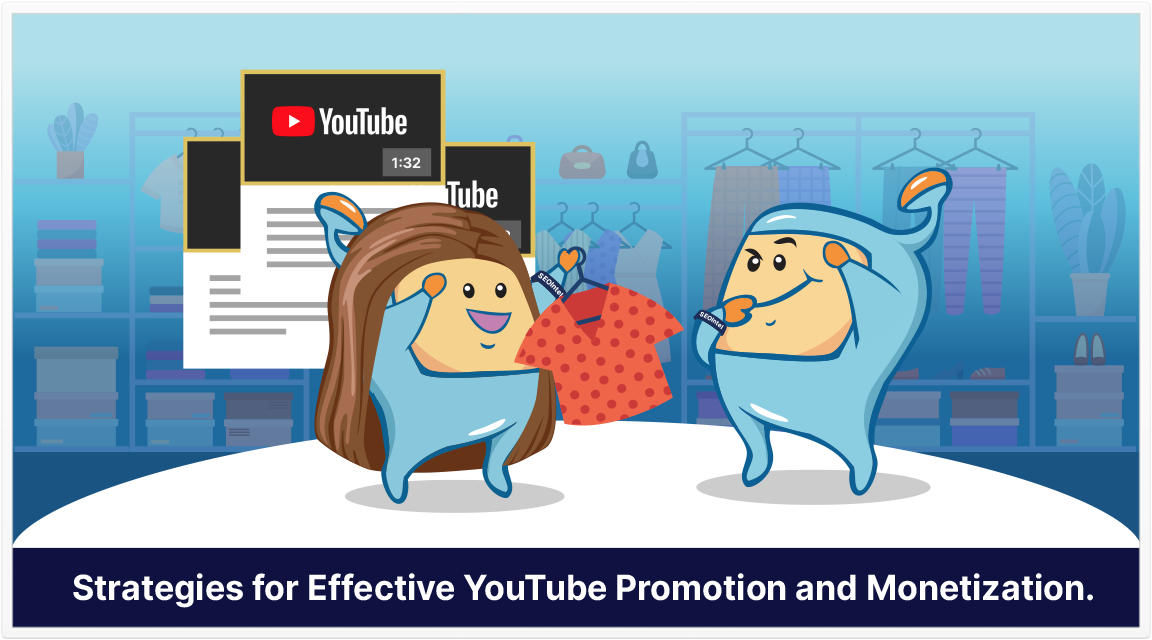
Here is what you will read in this article:
When it comes to selling and promoting products, there are certain best practices that can help you maximize your earnings and attract potential partners.
By following these guidelines, you can effectively monetize your channel and establish mutually beneficial relationships with brands and advertisers.
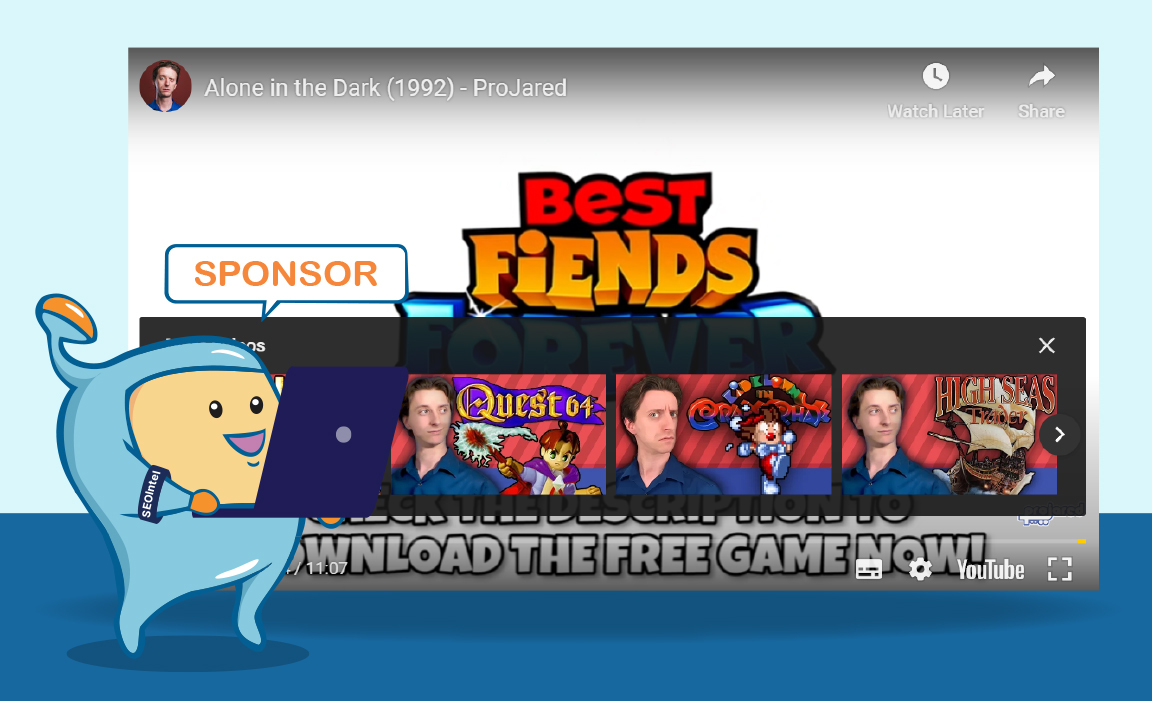
Sponsorships and brand deals have become increasingly popular as brands recognize the power of YouTubers in reaching their target audience.
These partnerships are not limited to massive channels with millions of subscribers; smaller channels with specific niche audiences can also be attractive to certain brands.
Sponsorships and brand deals come in various forms, including sponsored videos, product placements, and affiliate deals.
One common way to partner with a brand is through sponsored videos.
In this approach, you create a regular video for your channel and include a sponsored message at the beginning or throughout the content.
By clearly stating that the video is sponsored by a specific brand, you can provide a brief description of the product or service being promoted.
This method allows for seamless integration of brand messaging while maintaining the authenticity of your content.
Product placements offer a more subtle approach to promoting a brand or product.
Instead of explicitly mentioning the sponsorship, you can seamlessly incorporate the product into your video.
This can be achieved by featuring the product in action, unboxing it, or briefly showcasing it within the context of your content.
By integrating the product naturally, you provide value to both the brand and your audience.
Affiliate deals provide an opportunity to earn a commission for each sale generated through your promotion.
Unlike traditional sponsorships, you don't necessarily need to partner directly with a brand.
Many companies offer affiliate programs that allow anyone to sign up and promote their products.
By leveraging your influence and recommending products through affiliate links, you can earn a percentage of the sales generated.
Apart from sponsorships, brand deals present another avenue for monetization.
Brands are often looking to reach specific demographics that align with their target market.
By understanding your audience and targeting a specific demographic, you increase your chances of landing lucrative brand deals.
Analyzing your audience demographics through YouTube Studio's "Build an Audience" report can provide valuable insights for potential brand partnerships.
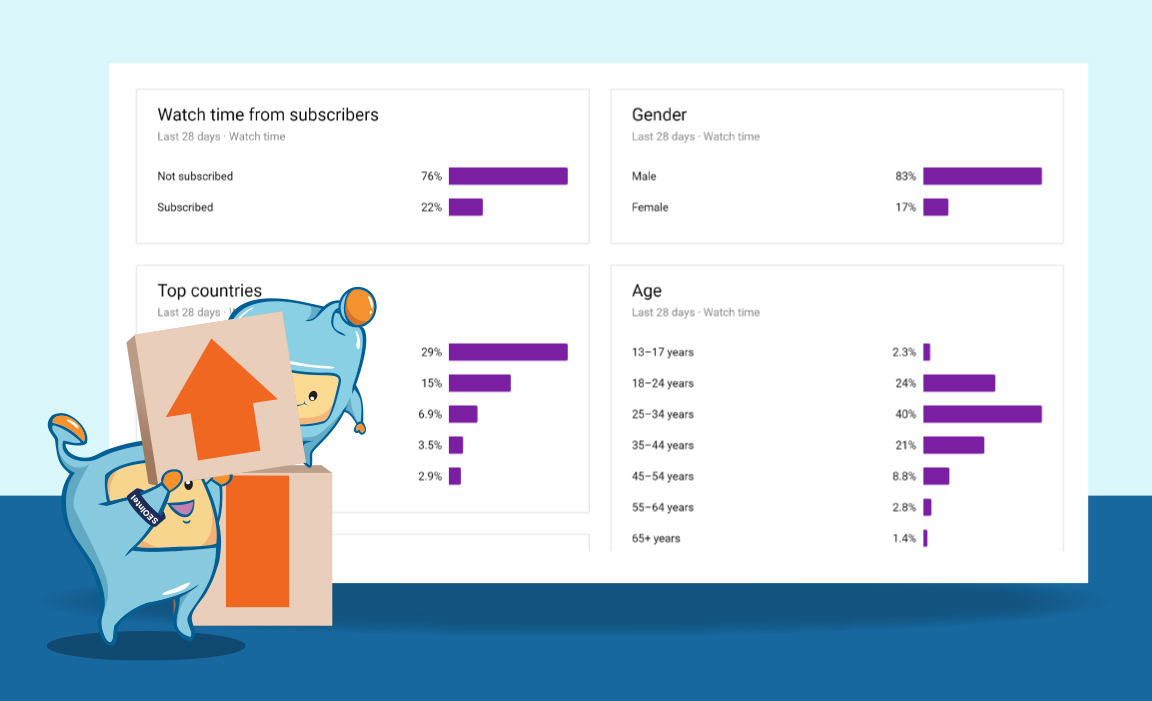
Most brands aim to get their products or services in front of a highly targeted audience that is likely to convert into customers.
Therefore, the more specific and well-defined your channel's positioning is, the more attractive it becomes to potential brand partners.
By focusing on a niche market and tailoring your content to cater to their interests, you can position yourself as an appealing platform for brands seeking to engage with your audience.
While larger channels may receive inquiries from brands, it is essential for smaller channels to be proactive in seeking partnerships.
Don't wait for brands to approach you; instead, take the initiative to reach out to brands that align with your niche and audience.
Create a list of brands that already collaborate with other channels in your field and showcase how a partnership with you would be mutually beneficial.

FameBit is an online platform that connects content creators with brands interested in partnering with YouTubers.
It serves as a valuable resource for finding potential brand deals and simplifying the collaboration process.
By leveraging FameBit, you can discover brands that are specifically interested in working with YouTubers and create opportunities to monetize your channel.
If you have previously landed a brand deal or sponsorship, you have the advantage of a track record.
You can use the results from past campaigns to demonstrate the success of your collaborations and convince other brands to partner with you.
Sharing data on engagement, reach, and conversions can alleviate the concerns of potential partners and make them more confident in investing in a brand deal with your channel.
Affiliate marketing offers an alternative method for monetizing your channel by promoting products and earning a commission for each sale made through your affiliate link.
Many companies have affiliate programs that allow you to sign up and start promoting their products.
When selecting affiliate offers to promote, it is important to consider products that are relevant to your audience and align with your channel's niche.
When including affiliate links in your video description, it's important to make them visually appealing and easy to remember.
By default, affiliate URLs can be long and complex, which may deter viewers from clicking on them.
Utilize link shorteners or create custom URLs on your own website to make the links more concise and user-friendly.
For example, you can use a link like "example.com/promo" instead of a lengthy affiliate URL.
Authenticity is crucial when promoting products as an affiliate.
Your audience values your opinion and trusts your recommendations, so it's important to maintain transparency and only promote products that you genuinely believe in.
Tailor your promotional style to align with your channel's tone and character.
Whether it's through in-depth reviews, tutorials, or personal endorsements, ensure that your affiliate promotions seamlessly integrate with your content and provide value to your viewers.
When selecting products to promote as an affiliate, focus on those that genuinely fit your channel's niche and cater to your audience's needs and interests.
Avoid the temptation of solely choosing products based on the affiliate commission rates.
Prioritize building trust and maintaining a positive relationship with your audience over short-term financial gains.
By promoting products that align with your brand, you enhance your credibility and increase the likelihood of generating sales.
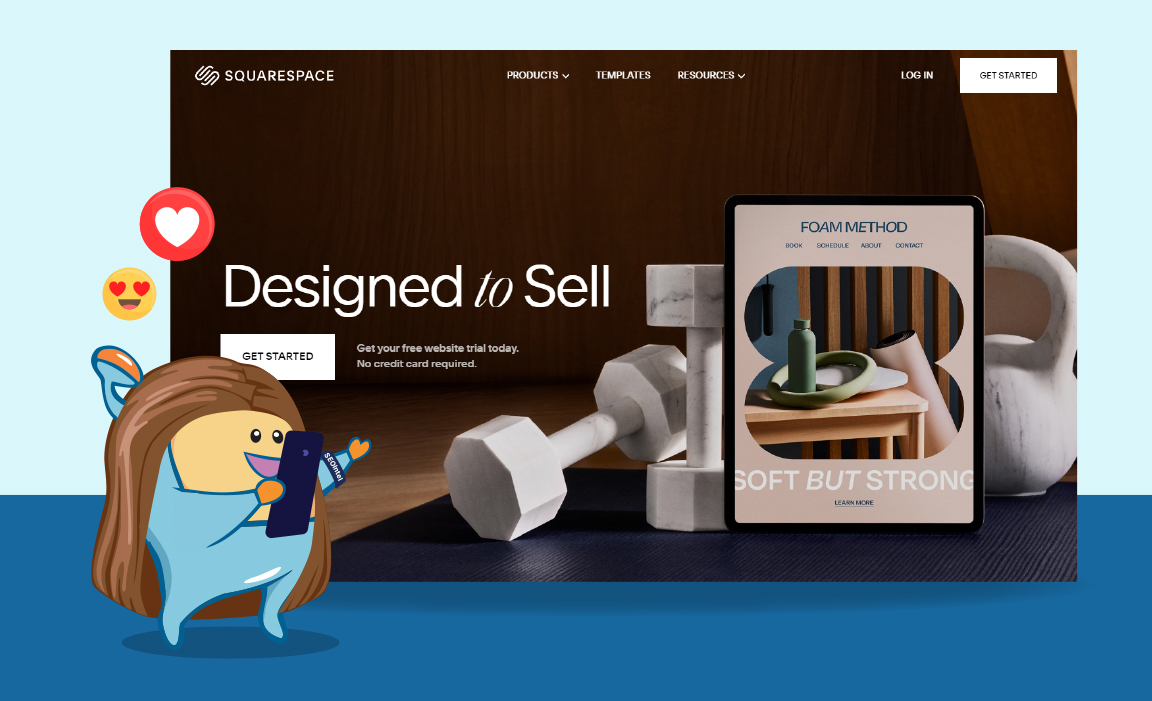
Selling merchandise, commonly referred to as "Merch," is a popular monetization option for content creators.
Unlike affiliate deals, selling merch allows you to retain 100% of the profits from each sale.
However, this method requires more effort as you need to design, create, and produce products that resonate with your audience and align with your brand.
To make selling merch a viable monetization strategy, it is generally necessary to have a significant number of subscribers.
Only a small percentage of your most loyal fans are likely to purchase your merchandise, so having a substantial subscriber base is crucial.
As your channel grows and you build a dedicated community, the demand for merch increases, making it more financially rewarding.
Successful merch campaigns are an extension of your channel's existing content and brand identity.
Consider creating merchandise that complements your videos and resonates with your audience.
For example, if you have a science-oriented channel, you could design merchandise featuring science-themed graphics or slogans.
By integrating your merch seamlessly into your content, you create a sense of unity and enhance the overall viewer experience.
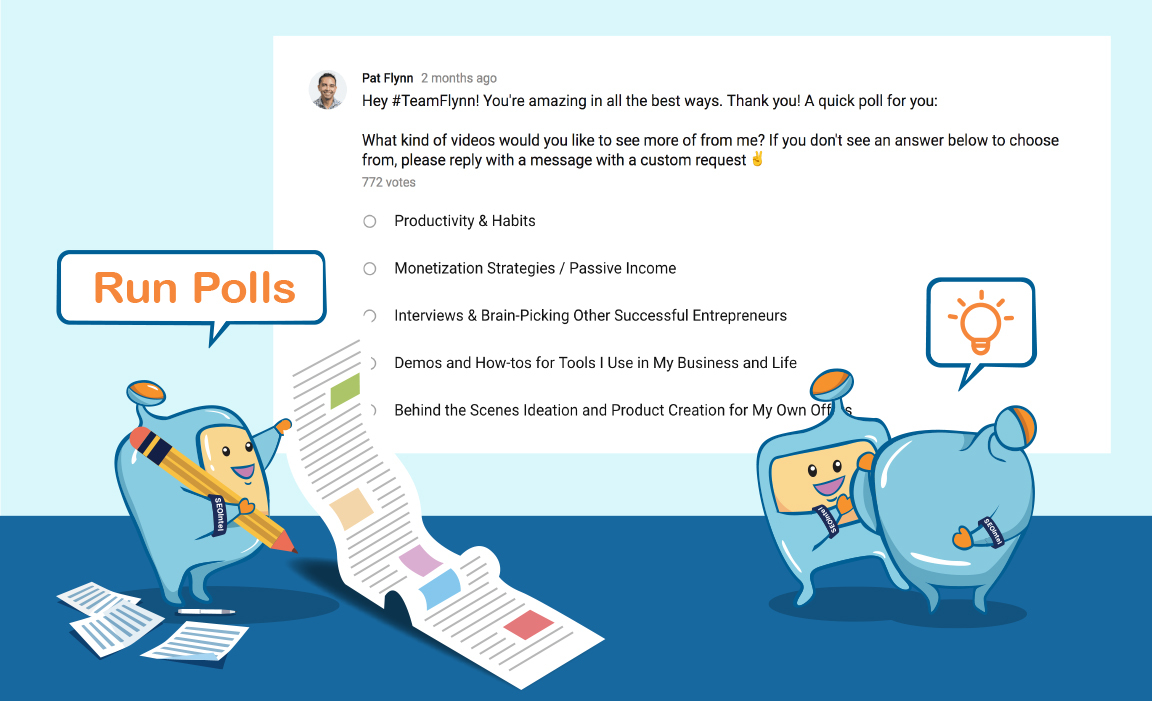
Engage with your audience by using the Community Tab or other interactive features on YouTube to gather feedback and ideas for merchandise.
Running polls allows you to understand their preferences and what they would like to see from you outside of your regular content.
Involving your audience in the merch creation process not only helps you create products they genuinely want, but it also strengthens the connection between you and your community.
When promoting your merch, it's crucial to actively showcase your products in your videos.
Rather than merely describing them, actively show your audience what your merch looks like and how it can enhance their experience.
Wear your merchandise, display it prominently in your videos, and highlight its features and benefits.
By visually demonstrating your merch, you create a stronger desire among your viewers to own and support your brand.
To encourage your audience to purchase your merch, make the process as convenient and straightforward as possible.
Include prominent links to your online store in your video descriptions, channel banners, or end screens.
Additionally, consider using a memorable and easy-to-say URL that you can mention verbally in your videos.
By reducing friction and making it effortless for your viewers to find and purchase your merch, you increase the chances of driving sales.
In conclusion, monetizing your YouTube channel goes beyond running ads, and there are numerous creative approaches to selling and promoting products.
By following best practices, such as securing sponsorships, utilizing affiliate deals, targeting specific demographics, and selling merch, you can generate revenue and establish mutually beneficial relationships with brands and advertisers.
Sponsorships, including sponsored videos, product placements, and affiliate deals, offer opportunities for seamless integration of brand messaging while maintaining the authenticity of your content.
Targeting specific demographics and being proactive in seeking partnerships can increase your chances of landing lucrative brand deals.
Platforms like FameBit can facilitate collaborations, while tracking results and leveraging past successes can attract potential partners.
Affiliate marketing allows you to earn a commission for promoting relevant products, and using attractive URLs and being authentic in your recommendations can enhance your credibility and drive sales.
Selling merchandise can be a profitable option, especially as your channel reaches critical mass.
Integrating merch into your content, running polls, showcasing the products, and making the purchasing process easy are key strategies for success.
By implementing these best practices and exploring different monetization methods, you can effectively sell and promote products, increase your channel's revenue, and create a sustainable income stream from your YouTube content.